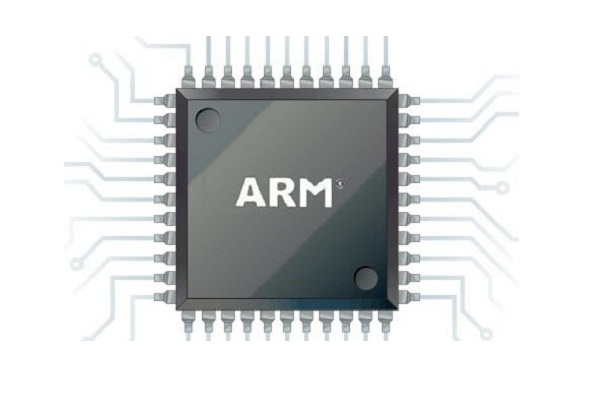AMD Plans ARM Server Chip Launch Late This Year

AMD has begun sampling its first ARM-based Opteron chip, key to its ‘ambidextrous computing’ strategy
AMD has begun sampling its ARM-based 64-bit “Seattle” server processor and plans to begin shipping the chip in the fourth quarter.
In a conference call with analysts and journalists on 17 April to discuss the company’s first-quarter financial numbers, AMD executives said they are seeing increasing interest in Seattle, which the vendor first disclosed last year and unveiled at the Open Compute Summit in January.

‘Ambidextrous computing’
“There’s been a lot of customer interest around Seattle, so certainly for the server guys, the hyper-scale guys and then even some adjacent markets, there’s good customer interest,” said Lisa Su, senior vice president and general manager of AMD’s Global Business Units. “I think the important thing for us and what we’re working with the customers on is platform development and software development and ensuring that we get some of the ecosystem there.”
The Seattle processor – a system-on-a-chip (SoC) called Opteron A1100 Series that will offer up to eight cores – is a key part of AMD’s “ambidextrous computing” strategy, where the company will offer both the x86 and ARM platforms to meet a wide range of data centre demands. AMD is one of a growing number of chip makers embracing ARM’s low-power chip designs for dense servers as an alternative to Intel-based systems.
ARM this year is releasing its first 64-bit architecture – ARMv8-A – which is being adopted by such chip vendors as Applied Micro and Marvell Technologies. ARM officials see an opportunity to move their designs – which currently power most smartphones and tablets – into the data centre to power small, dense servers that run in hyperscale environments, where power efficiency and space savings are as important as performance.
There is debate on how large a part of the overall server market the microserver space will be, but AMD officials believe it will grow to as much as 25 percent by 2019. AMD is eyeing the dense server space as one of five growth markets for the company. The partnership with ARM and its own SeaMicro business – which builds high-performing, low-power microservers – are key parts of the dense server strategy.
Milestone
“Getting that ambidextrous strategy in place and launching it, that’s a really important milestone,” chief executive Rory Read said during the conference call. “What we’re doing here is identifying this opportunity long before it’s taken place. And we’re catching it just as the way it is forming. That’s the kind of innovation leadership that we really want to go after. This is going to be an important market over the next three [to] five years, and we have an opportunity to truly lead in this ARM server ecosystem, and take advantage of our ambidextrous capability.”
Su said it was too early to say how much the 28-nanometre Seattle chip will contribute to AMD’s revenues in 2015, but she was optimistic, saying that “the interest in the platform is quite high and it’s a major milestone for us to introduce our first 64-bit ARM chip into the market.”
She also said AMD was looking at how the company’s ARM chip strategy can dovetail with the SeaMicro business, which not only includes the dense servers but also the Freedom Fabric architecture. Currently, the SeaMicro servers run on AMD and Intel x86 chips.
“One of the advantages of having a systems business is that we can do co-development between our chip development and our systems development,” Su said. “So it will be quite important for us to have Seattle in SeaMicro systems, and that’s in development.”
The SeaMicro business helped drive sequential revenue growth in the dense server business, due in large part to the ongoing work by Verizon Wireless. The carrier is standardising its next-generation cloud server and storage infrastructure on SeaMicro’s SM15000 microservers and Freedom fabric. AMD bought SeaMicro for $334 million (£210m) in February 2012.
Server engagement
A key part of AMD’s strategy is building up an ecosystem around its ARM-based server chips. At the Open Compute Summit, AMD officials also announced that the company is contributing a microserver design that uses the Seattle SoC that will fit into the Open Compute Project’s motherboard design, called “Group Hug.” In addition, they said AMD will also offer a development platform to make it easier for programmers to design software for AMD’s ARM chips.
“What we’re seeing in Seattle is really interest from a number of different angles,” Su said. “There’s general interest in ARM, there is interest in sort of trying out the new workloads with the capability. We see the fabric as an important differentiator, but we see that as a longer-term differentiator in the systems portion of the business. So I think the interest in Seattle is … it’s the first 28-nanometre, 64-bit server chip out in the market. And I think that’s driving the customer engagement.”
Do you know all about Big Data and large-scale analytics? Take our quiz!
Originally published on eWeek.